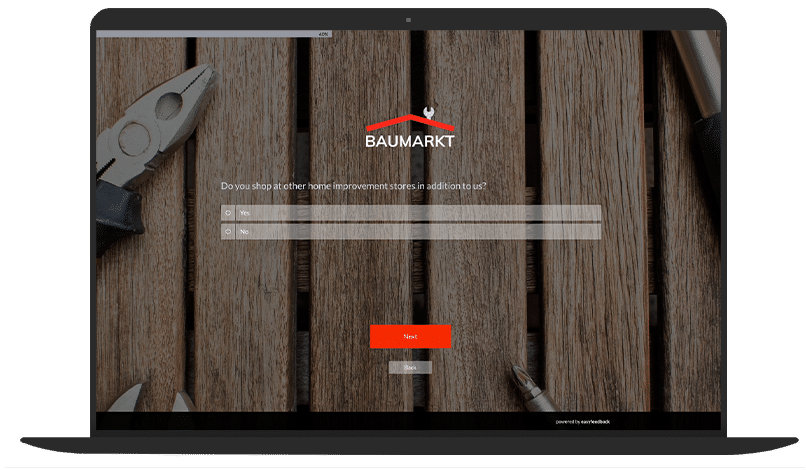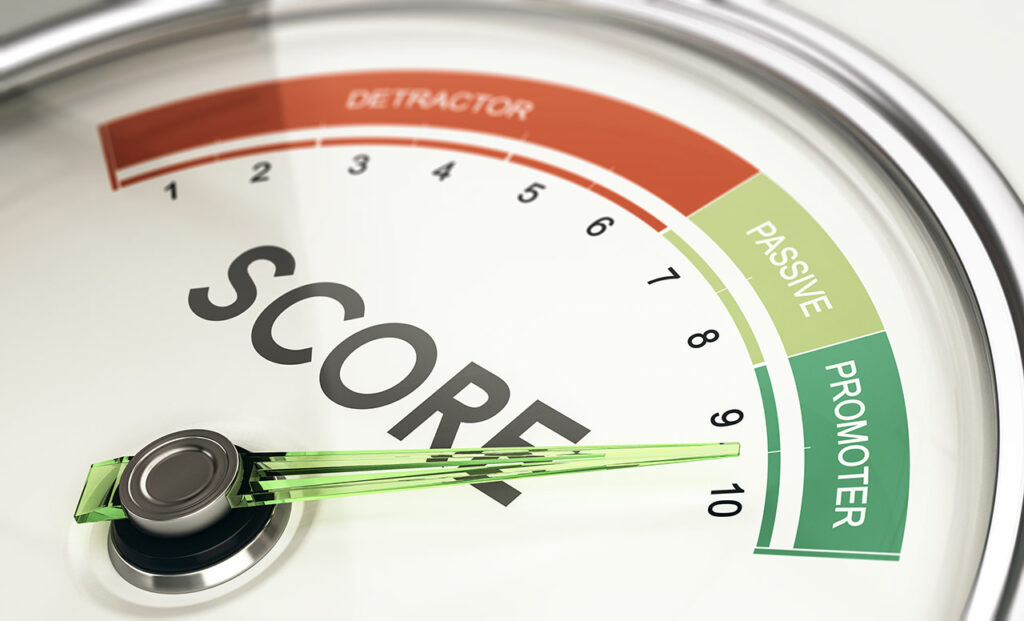What is a competitive analysis?
A competitive analysis is a structured process in which companies gather information about their competitors in order to understand their strengths, weaknesses and market strategies.
This makes it possible to evaluate one’s own position in the market and to differentiate oneself better.
The core of a successful analysis lies in selecting the right methods that are tailored to the respective industry and objectives.
Methods of competition analysis
1st method: Surveys and interviews
Direct feedback from customers, suppliers and business partners are also important sources for a competitive analysis.
Through surveys or interviews, companies can find out how their products and services are perceived in comparison to the competition and what opportunities for improvement there are.
This method is particularly suitable for gathering specific and individual information about the competition.

2nd method: SWOT analysis
The SWOT analysis is one of the best-known and most widely used methods.
It highlights the strengths, weaknesses, opportunities and threats of both the company and its competitors.
This method provides a clear overview of the competitive situation and helps to develop strategies to better exploit market opportunities and minimize risks.
3rd method: Porter’s Five Forces
Porter’s Five Forces analysis examines five key competitive forces within an industry: competition among existing companies, the threat of new entrants, the bargaining power of suppliers, the bargaining power of customers and the threat of substitute products.
This method helps to better understand the competitive pressure in an industry and shows which factors are decisive for long-term success.
4th method: Benchmarking
Benchmarking involves comparing your own business processes, products or services with those of your strongest competitors.
The aim is to identify differences in performance and to adopt the best practices of competitors.
This enables companies to optimize their own processes and increase their competitiveness.
5th method: Customer analysis
Customer analysis also plays an important role in competitive analysis.

By surveying customers who use both their own company and its competitors, companies gain valuable insights into the perception and satisfaction of their target group.
This method can help to better understand market needs and respond specifically to customer wishes.
6th method: Product analysis
Product analysis refers to the comparison of a company’s own products or services with those of its competitors.
Features such as quality, price, innovation, range of functions and customer benefits are evaluated.
This method enables companies to better position their offerings and stand out from the competition through targeted product optimization.
7th method: Online and social media analysis
In the digital era, analyzing the online presence and social media activities of competitors is a valuable method.

Companies can find out how active and successful their competitors are on social networks, what content they publish and how engaged their target group is.
Tools such as Google Analytics, social media monitoring and website analyses provide valuable insights that can be used to adapt your own digital strategy.
Conclusion
A comprehensive competitive analysis is essential for companies to survive successfully in a highly competitive market.
The selection of the appropriate methods, such as SWOT analysis, Porter’s Five Forces, benchmarking or the analysis of online data, depends on the industry, the objectives and the available resources.
By regularly analyzing their competitors and using the insights gained, companies can adapt their strategies, eliminate weaknesses and make targeted use of new market opportunities.
Competitive analysis should be understood as a continuous process that enables companies to react flexibly to changes in the market and among competitors and thus remain competitive in the long term.
More about competitor analysis
- Competitive analysis explained simply
- 8 Key metrics for a competitive analysis
- The 6 steps to your own competitive analysis
- Competitor Analysis: 7 important criteria for evaluating the competition
- Competitive analysis in the context of marketing: Strategically understanding and utilizing the market
- Competitive analysis in HR marketing: Strategies for the best talent




